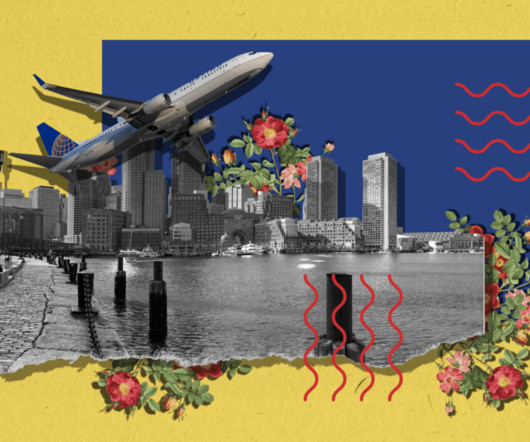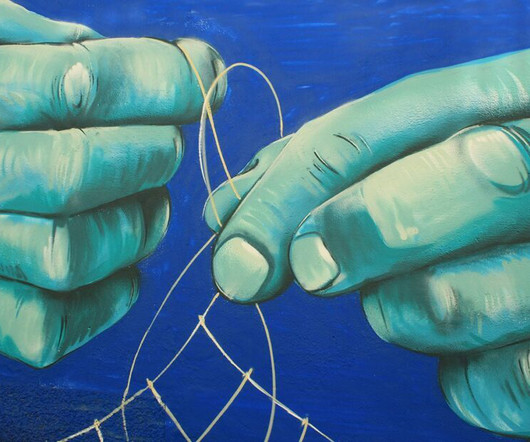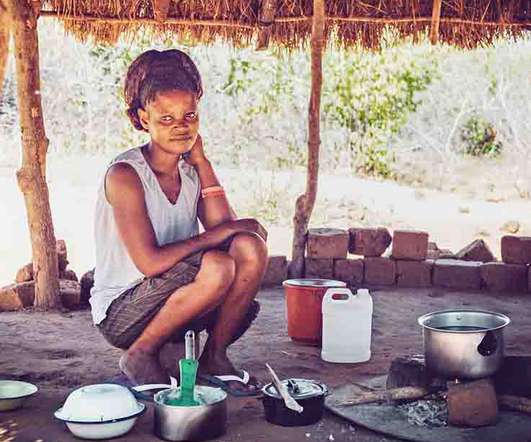Fighting for Cleaner Air in East Boston
NonProfit Quarterly
APRIL 13, 2023
We are demanding equal protection and equal enforcement of environmental laws and regulations. Fifty percent of its residents were born outside of the US and identify as Latino/a ; about half of all families in the neighborhood live below the official poverty line.















Let's personalize your content